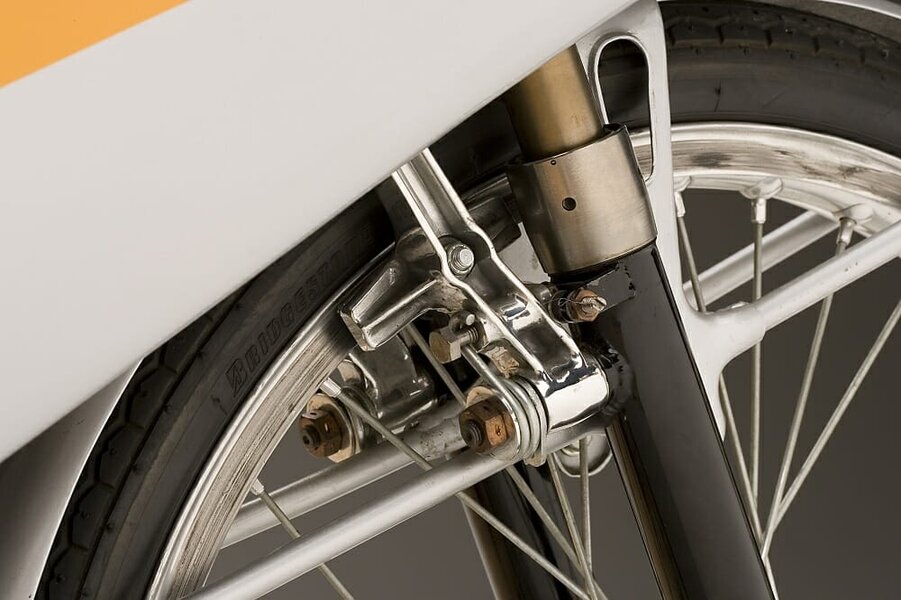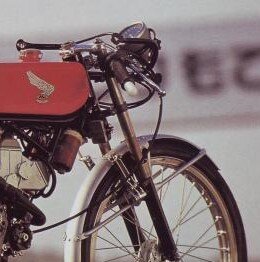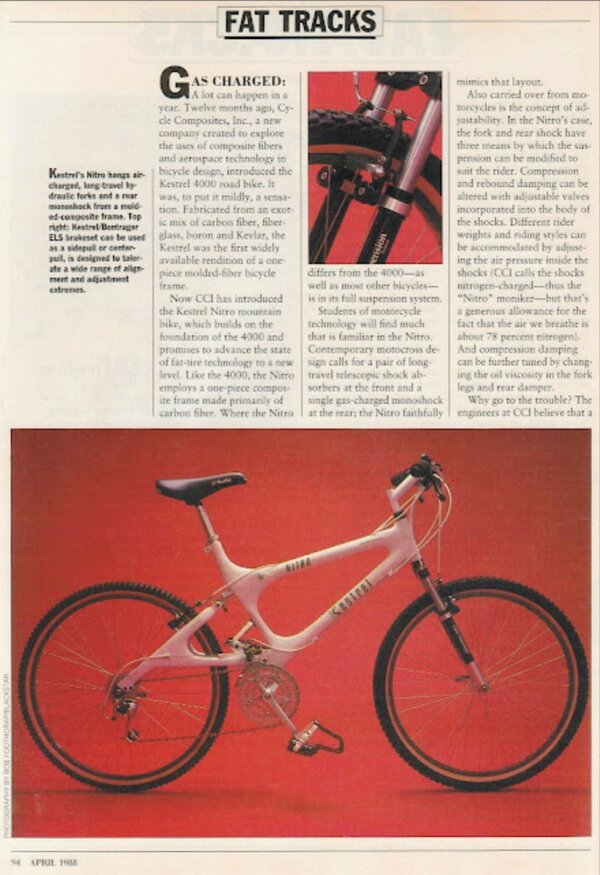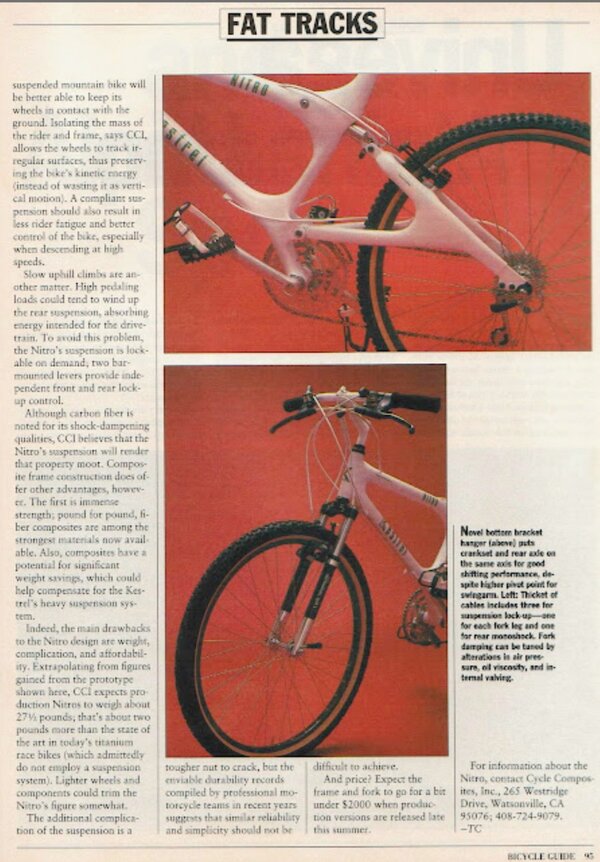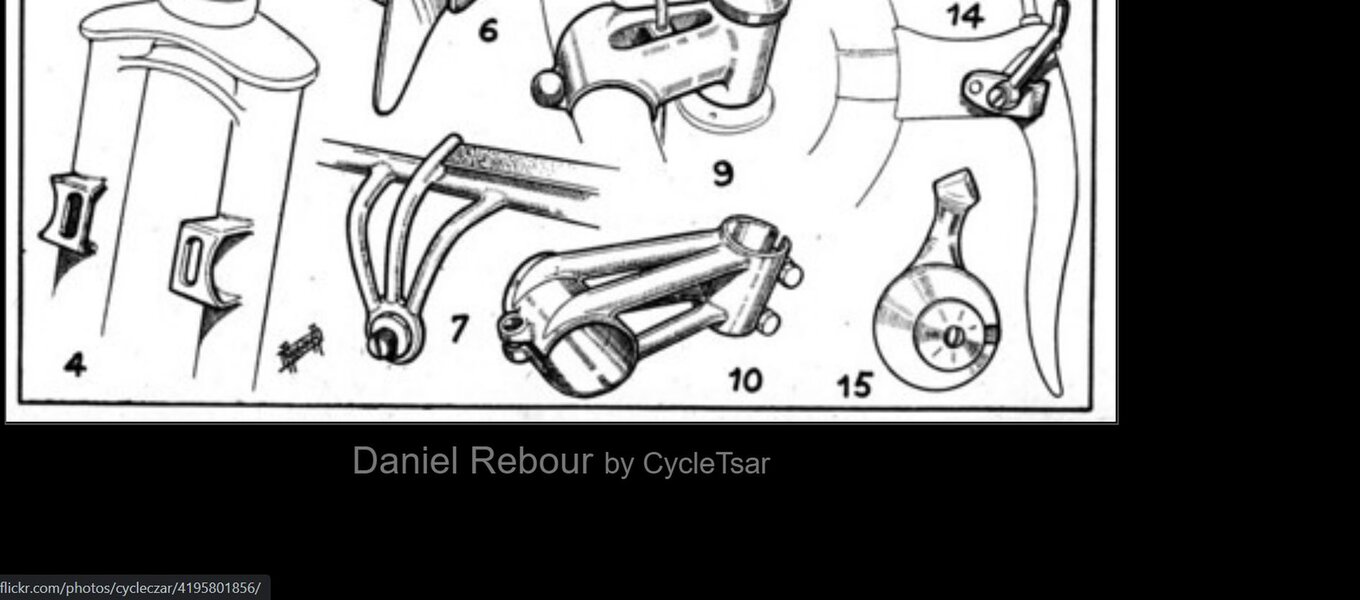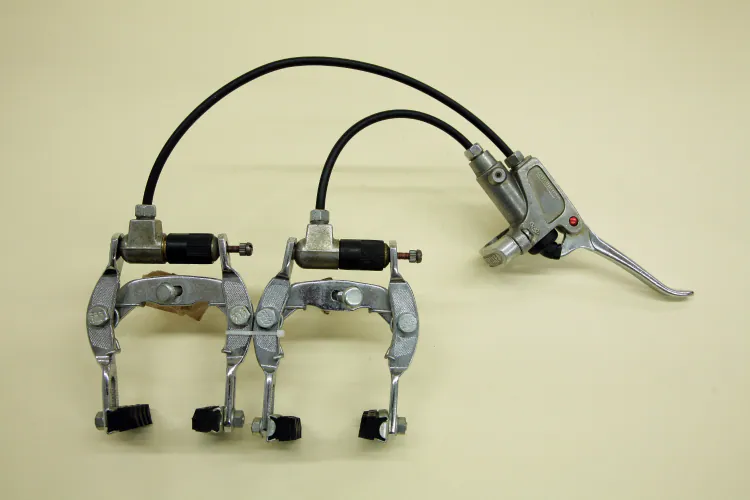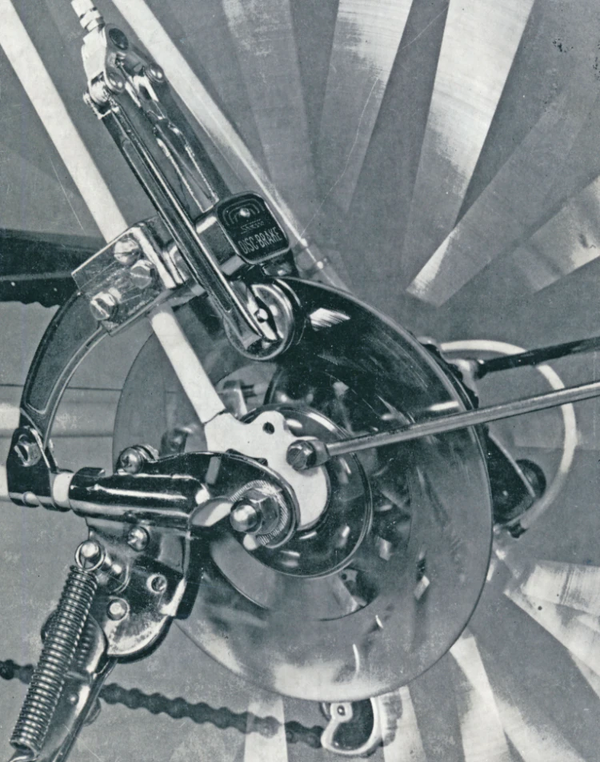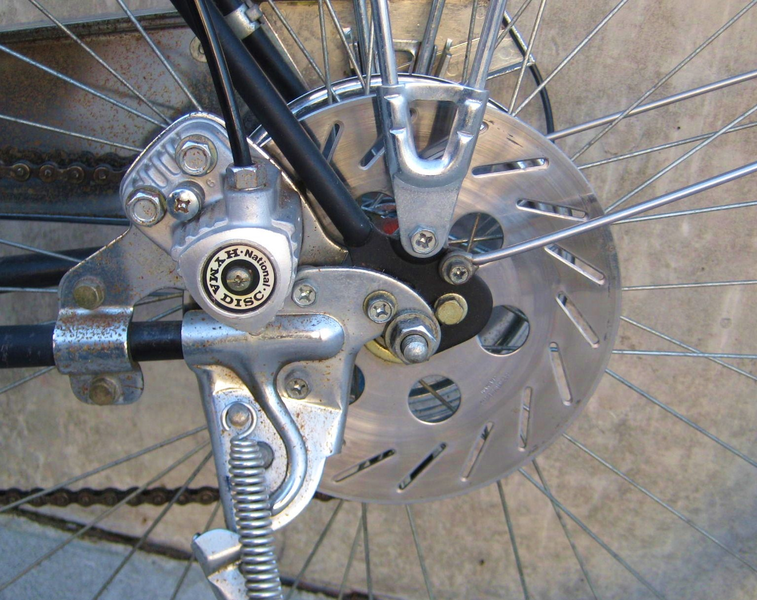focomat 1c
Retro Guru
While watching the Giro this evening it was interesting to note that the disc brake has almost entirely
taken over as the braking system of choice in this area of cycling .
It is generally thought that the successful use of the disc brake in motorcycling led to the adoption of
the same system in cycling , partly fuelled by the demand for increased braking power for MTBs
It was in around 1995 that Shimano introduced the V - Brake as an improvement over the existing
cantilever systems ( and later also calipers on some road bikes )
So where did the inspiration for the V - Brake design come from ?
In 1965 Honda were actively contesting the 50cc Motorcycle World Championship . Their entry
was a novel 50cc twin cylinder, double overhead cam , 4 stroke motorbike with many unique features
Known as the Honda RC116 , as part of a weight saving measure they discarded conventional hub brakes ,
and instead fitted a linear pull cable operated brake ( now known as a V - Brake ! ) behind the lower fork legs
The parallel brake arms were secured to brake pivots brazed to the forks and extending either side of the
rim/tyre/mudguard were connected together by the operating cable ( like a V - Brake ) and routed around to the
RH brake lever . The brake pads were positioned to operate on the rim sidewalls . The brake arms were
placed at the rear of the forks for aerodynamic reasons
Did the designer from Shimano visit the Honda factory museum one day ? we will never know ,
however there are very few totally original ideas
taken over as the braking system of choice in this area of cycling .
It is generally thought that the successful use of the disc brake in motorcycling led to the adoption of
the same system in cycling , partly fuelled by the demand for increased braking power for MTBs
It was in around 1995 that Shimano introduced the V - Brake as an improvement over the existing
cantilever systems ( and later also calipers on some road bikes )
So where did the inspiration for the V - Brake design come from ?
In 1965 Honda were actively contesting the 50cc Motorcycle World Championship . Their entry
was a novel 50cc twin cylinder, double overhead cam , 4 stroke motorbike with many unique features
Known as the Honda RC116 , as part of a weight saving measure they discarded conventional hub brakes ,
and instead fitted a linear pull cable operated brake ( now known as a V - Brake ! ) behind the lower fork legs
The parallel brake arms were secured to brake pivots brazed to the forks and extending either side of the
rim/tyre/mudguard were connected together by the operating cable ( like a V - Brake ) and routed around to the
RH brake lever . The brake pads were positioned to operate on the rim sidewalls . The brake arms were
placed at the rear of the forks for aerodynamic reasons
Did the designer from Shimano visit the Honda factory museum one day ? we will never know ,
however there are very few totally original ideas
